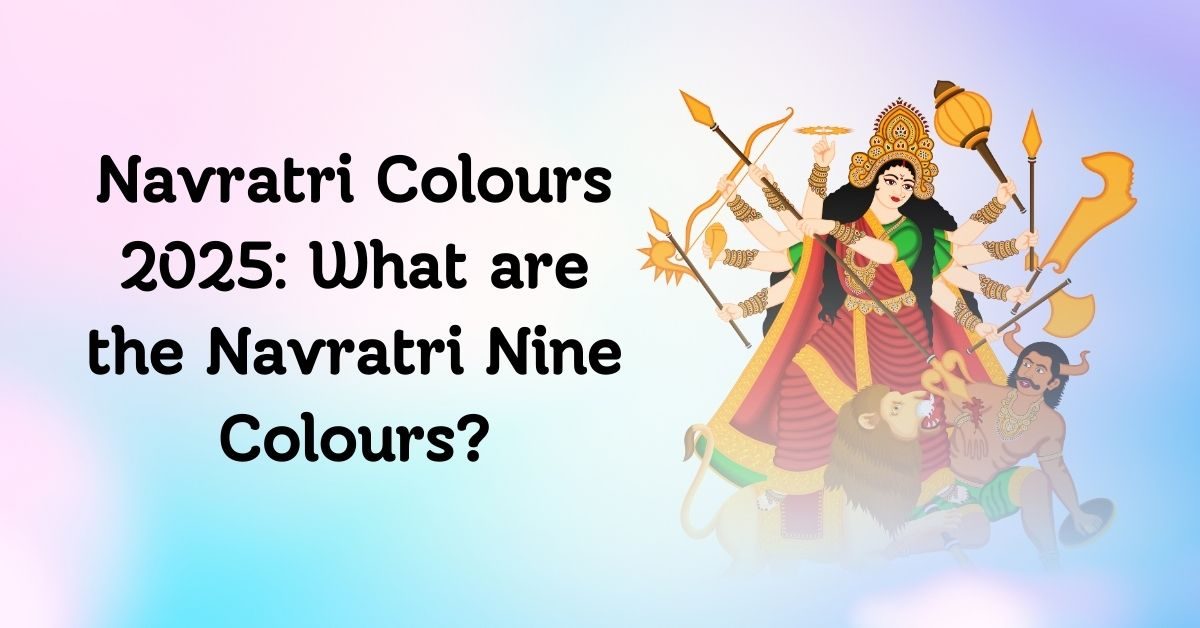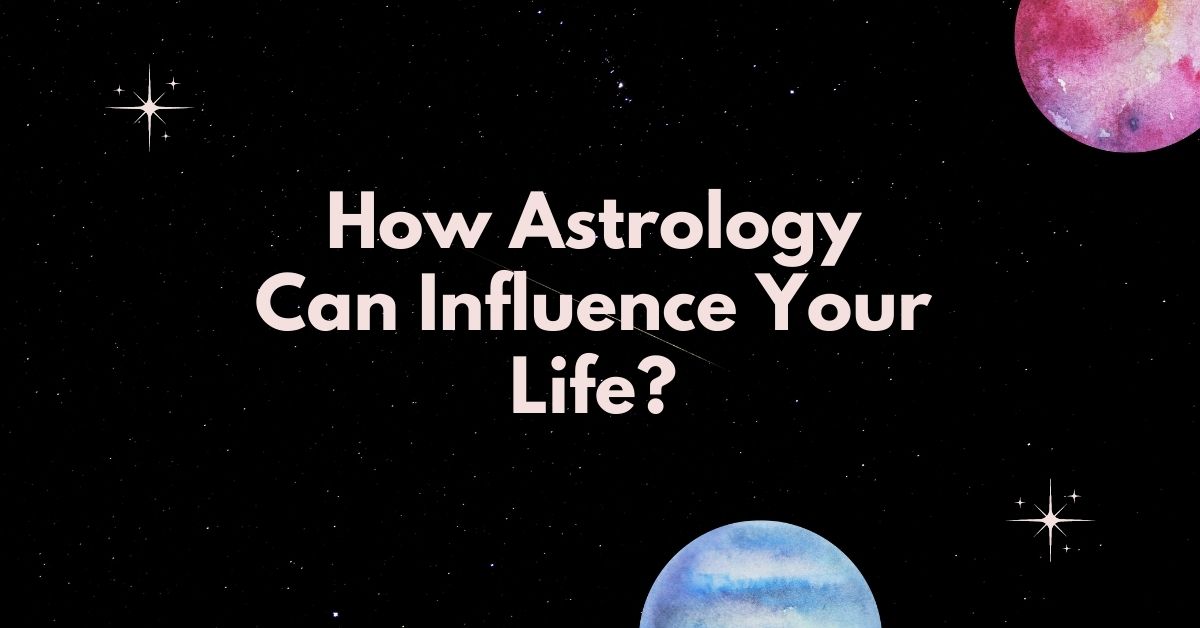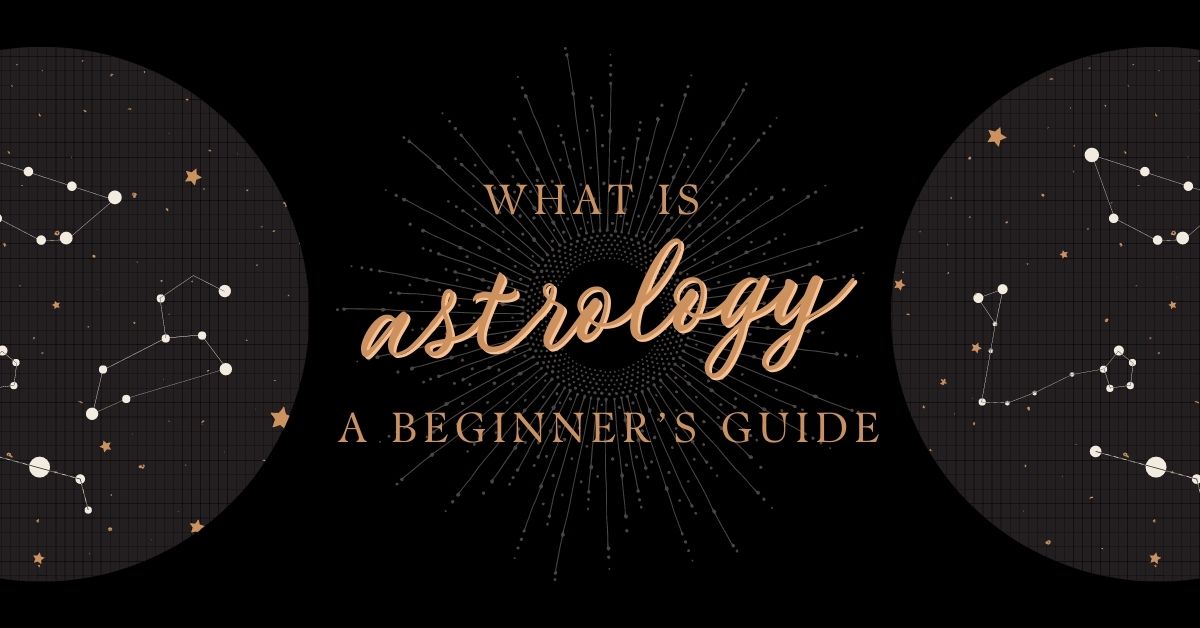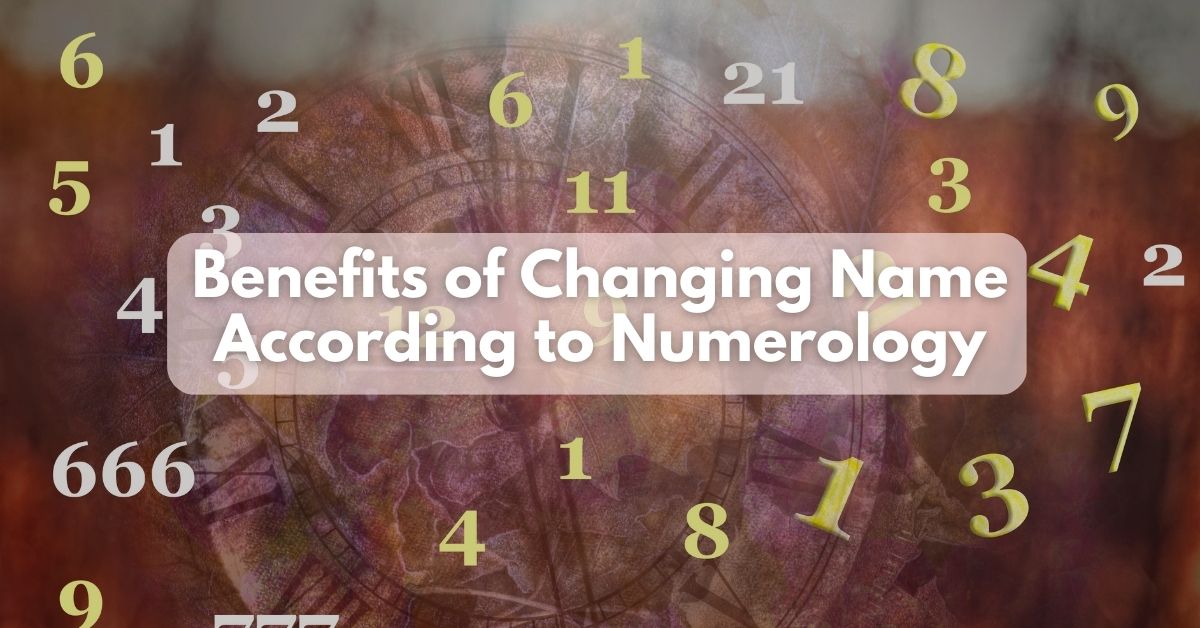Navratri Colours 2025: What are the Navratri Nine Colours?

Navratri is one of the most cherished festivals dedicated to Goddess Durga. It is celebrated with great devotion across the country, lasting for nine days filled with rituals, fasting, prayers, and joy.
Each day of Navratri is connected to a specific form of the Goddess, and along with the rituals, there is also a tradition of wearing a particular colour.
These Navratri colours hold deep meaning such as purity, energy, love, and peace. Devotees wear these nine Navratri colours, each representing a goddess, to seek the blessings of Nav Durga.
Let’s take a look at this blog to know what these nine colours mean on different days and what they signify.
When is Shardiya Navratri in 2025?
Shardiya Navratri in 2025 begins on Monday, September 22, and ends on Tuesday, September 30. This festival marks nine days of worship dedicated to Goddess Durga in her different forms. Each day is linked with a unique colour, and wearing that colour during rituals or celebrations is considered auspicious.
Devotees in states like Gujarat and Maharashtra especially follow this tradition by dressing in these Navratri colours during Garba, Dandiya, or even at work. The sequence of colours is decided based on the weekday on which Navratri starts, and then the cycle continues for all nine days.
Do you have problems or things you’re not sure about in your life? Get help and direction using astrology!
The Nine Colours of Navratri 2025 and Their Significance
Below are the nine Navratri colours that hold different meanings:
1st Day of Navratri – September 22 – White
The festival begins with white, one of the Navratri colours that shows purity and innocence. Wearing white on this day is believed to bring peace and serenity. Devotees worship Goddess Shailputri on this day.
2nd Day of Navratri – September 23 – Red
The second day is dedicated to Goddess Brahmacharini. For this day, red is the chosen colour, representing passion and love. It is one of the major Navratri colours, as red is also the colour of the chunri offered to the Goddess.
3rd Day of Navratri – September 24 – Royal Blue
On the third day, the colour is royal blue, and this day is dedicated to Goddess Chandraghanta. This shade symbolises tranquillity and richness.
4th Day of Navratri – September 25 – Yellow
Yellow marks the fourth day, and it is dedicated to Goddess Kushmanda. This warm colour is a symbol of optimism and happiness. This colour keeps the atmosphere cheerful and allows devotees to celebrate the divine presence with positivity.
Also Read: Shardiya Navratri: History & Significance
5th Day of Navratri – September 26 – Green
The fifth day is associated with green, a colour of growth, fertility, and harmony. Green represents new beginnings and peace. On this day, Goddess Skandamata is worshipped, and wearing green is believed to attract serenity and blessings.
6th Day of Navratri – September 27 – Grey
Grey symbolises balance and grounded emotions. It is subtle yet powerful, perfect for those who wish to keep things understated while being part of the celebrations. Devotees worship Goddess Katyayani on this day.
7th Day of Navratri – September 28 – Orange
Orange is bright and energetic. It represents warmth and joy, keeping the spirit of celebration alive. On this day, devotees pray to Goddess Kalaratri, and orange fills the atmosphere with positivity and courage.
8th Day of Navratri – September 29 – Peacock Green
Peacock green, a unique blend of blue and green, is the colour of the eighth day. It symbolises individuality and freshness. Worshipping Goddess Mahagauri while wearing this shade is believed to bring compassion and uniqueness into one’s life.
9th Day of Navratri – September 30 – Pink
The final day of Navratri is associated with pink, a colour of universal love and kindness. Devotees worship Goddess Siddhidatri, seeking harmony and affection in life.
Conclusion
The tradition of wearing different colours holds deep significance in Hindu culture, as each colour carries its own meaning and welcomes blessings. By following these Durga Navratri colours, devotees can celebrate with peace, positivity, and spiritual strength. May this Navratri bring happiness, growth, and blessings into your life.
If you want to know more about how astrological factors can influence your life, book a consultation with Dr. Sanjay Sethi, a trusted astrologer in Delhi NCR. His guidance can help you understand your paths better and bring balance to life.
Are you facing challenges or uncertainties in life?
Find clarity and guidance through the power of astrology! Get personalized astrology consultation!

How Astrology Can Influence Your Life? Astrology is the science that believes that our life affairs are significantly impacted by Read more
What Is Astrology? A Beginner's Guide People would claim that astrology has done wonders for them and has made their Read more
Lucky Alphabets According to Zodiac Signs Alphabets in our names can have a big impact on our traits, both positive Read more
Benefits of Changing Name According to Numerology You might have seen people with unusual name spellings, with an extra M Read more

Dr. Sanjay Sethi, a renowned Astro-Numerologist, Rudraksha Specialist, Gemologist, and Scientific Vastu Expert, boasts 33 years of experience and a global clientele, including industrialists, film stars, politicians, and cricketers. He’s received multiple prestigious awards for his services, blending ancient wisdom with modern science to alleviate suffering worldwide. Dr. Sethi’s mission is to combine ancient knowledge with modern science for the well-being of his clients, promoting authentic, research-based solutions.




